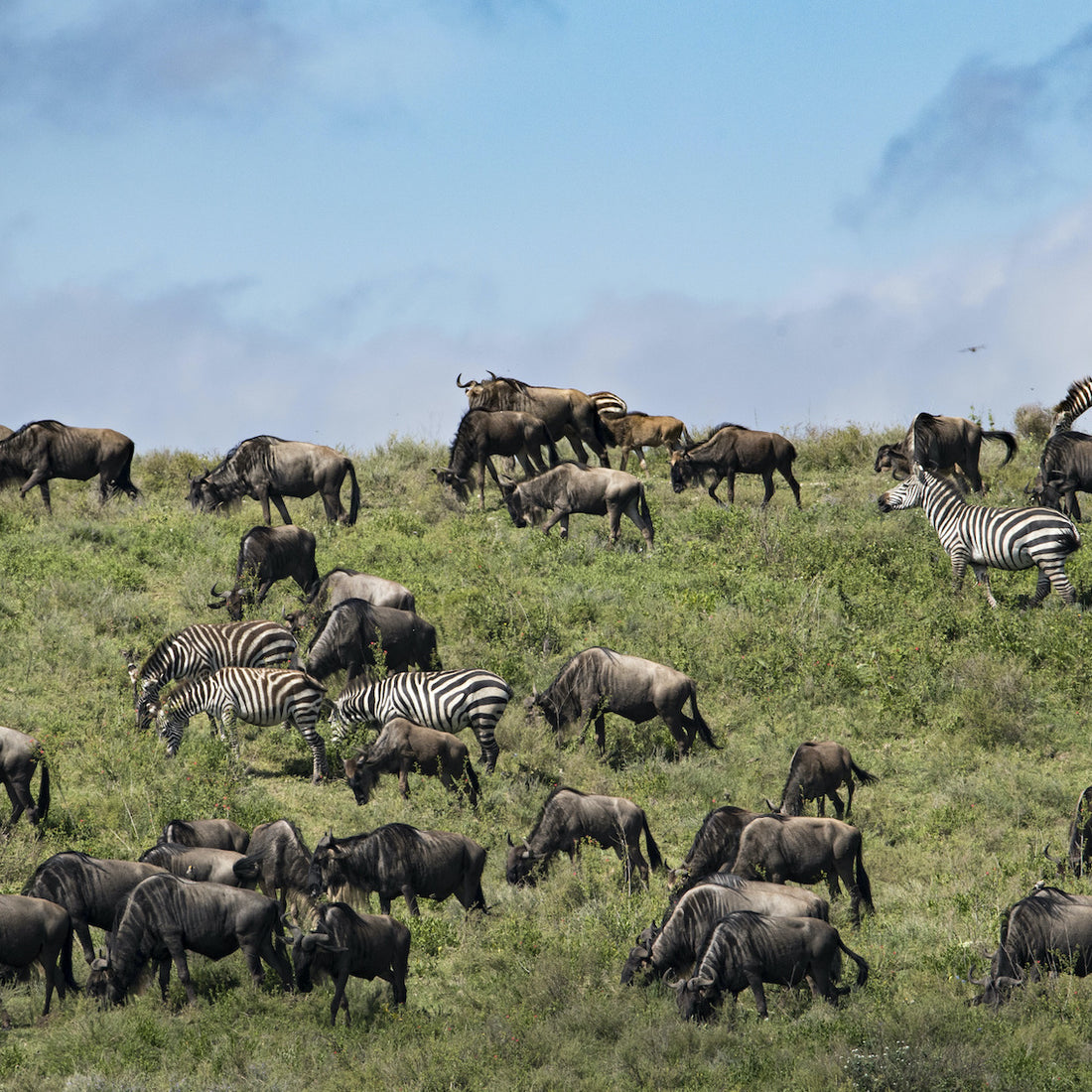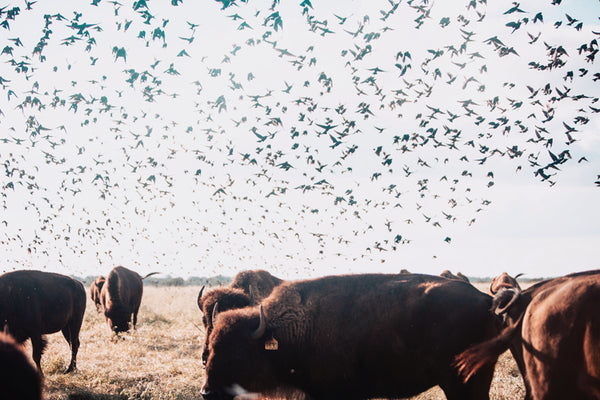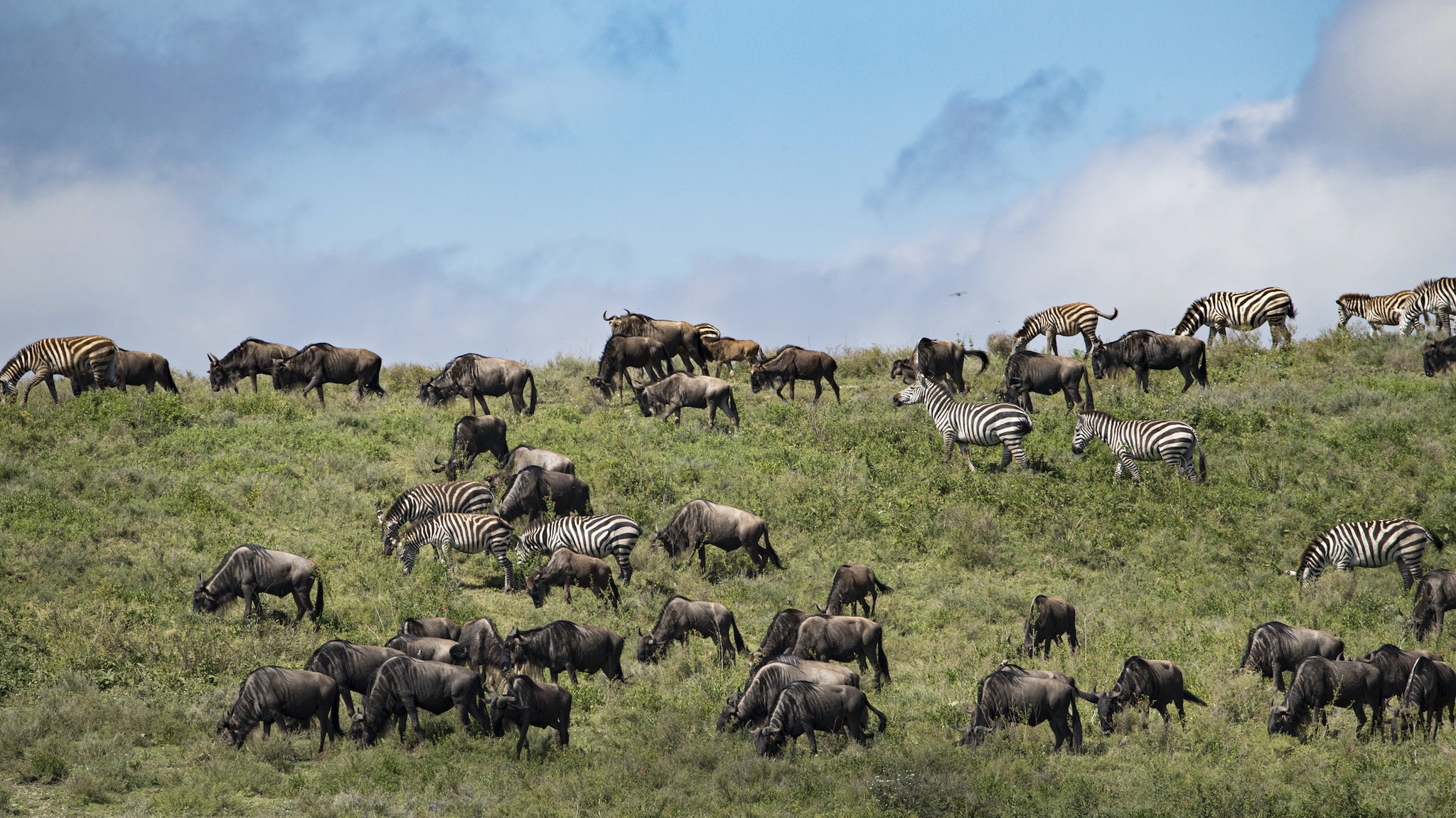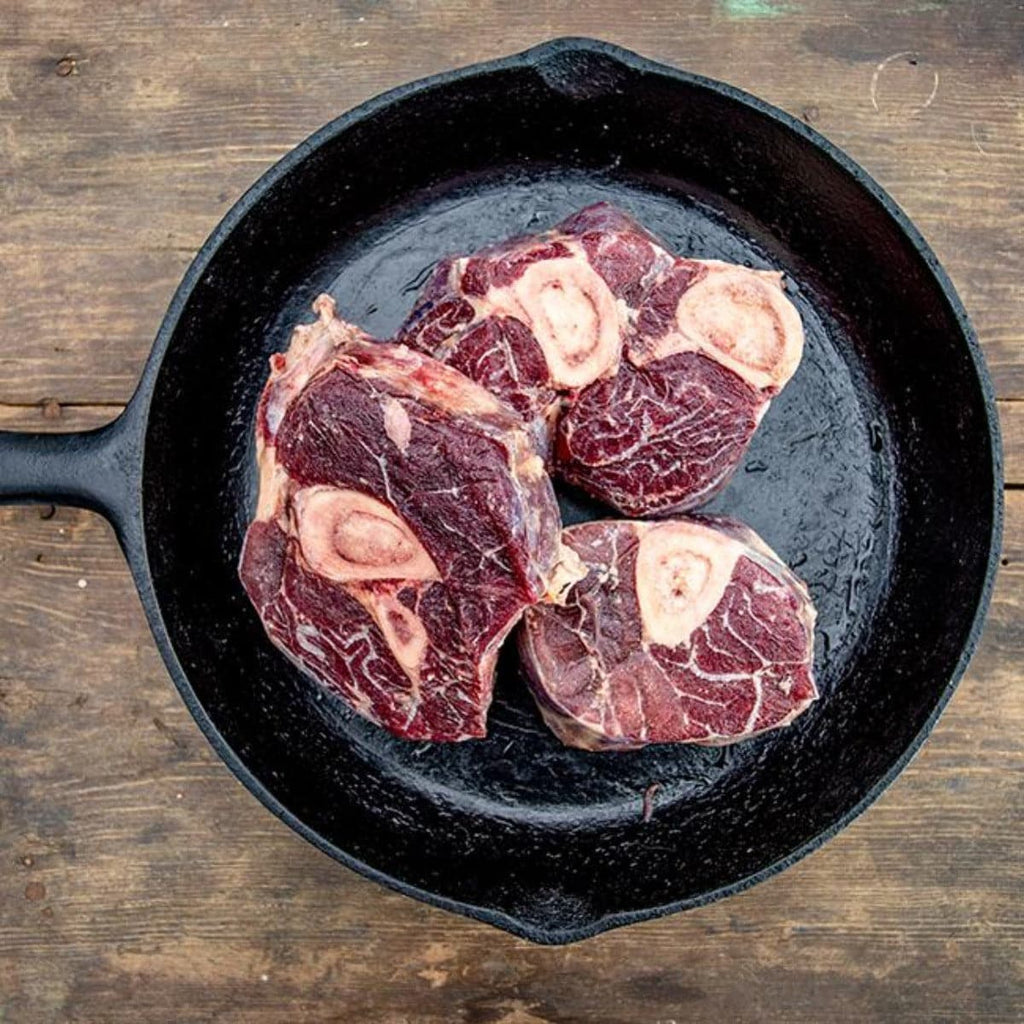Why Animals Are Key for Functioning Ecosystems
Force of Nature
It’s undeniable that the way we’re raising animals—in feedlots and factory farms—is a recipe for disaster. It’s detrimental both to our environment and to the health of those who consume these GMO-fed animals as food.
There’s been a great deal of pushback in recent years against this way of raising food, and most of it has focused on, in one way or another, eliminating animals from the food chain. From cell-based meat to fake meats like the Impossible Burger and the Beyond Burger to outright 100 percent plant-based diets—these options are growing in popularity and have been receiving a great deal of media attention.
But these solutions aren’t all they’re cracked up to be. For reasons of both human health and environmental longevity, eliminating animals from the human diet is a bad proposition. We’ll save the health debate for another article, not least because it’s a contentious and heated subject. Rather, in this article, we’d like to focus on why eliminating animals from our diet is bad for the planet—why, if you care about the future of life on earth, you need to support meat.

How Ecosystems Work
An ecosystem is a community of organisms: animals, plants, and the microscopic. These organisms are divided into two categories: producers and consumers. Plants are producers. With the exception of deep-sea ecosystems, all ecosystems on earth start with the sun. The sun provides energy for plants, which in turn produce oxygen and nutrients. Animals are generally classified as consumers, and they consume the plants. But this is where things get complicated, because while animals are primarily classified as consumers, they’re also technically producers. They produce nutrients for other animals, and they also, via their waste, produce nutrients that fortify the soil, and the soil then provides nutrients for plants (which, yes, means that plants are also consumers).
Many animals—like cattle, deer, and horses—consume only plants; we’ll call these animals grazers. Grazers, well, graze, and when they graze, they cull back tall grasses and other plants. When the visible part of the plant is culled back, its roots partially die back as well, converting to carbon and adding nutrients to the soil (which, as we’ve already explained, in turn feeds other plants—in fact, it can even feed those same plants as they grow tall again).

Some animals consume other animals—these are omnivores and carnivores (chickens, by the way, are omnivores, not vegetarians, so you probably shouldn’t be buying eggs “from vegetarian-fed hens”). These meat-eaters are at the top of the food chain, and without them, grazer populations get too big. If grazer populations are too big, they eat too many plants, and the plants don’t grow back, and then there’s no life at all. Humans are meat eaters, and they’re somewhere at the top of the food chain.

Some meat-eaters eat only dead animals. These are scavengers (think vultures, jackals, possums, crows, certain insects, and certain microscopic organisms). Scavengers are crucial to decomposing dead animal carcasses and returning their carbon and nutrients to the soil (see above for a reminder as to why it’s important to replenish soil nutrients).
How Eliminating Meat Damages Ecosystems
Ecosystems are complicated, we know—but that’s the point. Try removing any organism—plant, animal, or microbe—from the above equation, and watch what happens. And we barely even touched on insects (bees, for example, pollinate the plants—without bees, there are no plants, and without plants, no animals, without animals, no plants, etc., etc., etc), fungi (which serve as decomposers and energy cyclers, among other things, and make up a much larger part of an ecosystem’s biomass than most people realize), and bacteria (again, decomposers, but also critical to the gut health of animals, not to mention population control, among, well, lots of other things). Get the picture? Without every part of an ecosystem, the ecosystem cannot thrive. And earth is really just one big ecosystem made up of countless small ecosystems. Destroy enough of the small ecosystems, and the overall ecosystem ceases to thrive too.

Putting animals like cows and chickens in factory farms and industrial feedlots means removing vital grazers and omnivores from our precious ecosystems. We’re already seeing the devastating results of this practice. But eliminating meat from the human diet doesn’t solve the problem. Sure, it removes the animals from the factory farms, but it doesn’t return them to nature. Instead, it replaces them with industrial agriculture, with monocropping (that is, the practice of planting vast amounts of the same crop in one large space, which causes a whole host of ecosystem problems) and heavy chemical use, damaging soil and water, and thus the organisms that rely on soil and water (i.e., all organisms).
So if eliminating meat isn’t the answer, what is? Could it be more meat? Actually, yes. More better meat. For our ecosystems, our planet, to thrive, we need to return it the balanced state into which it evolved. Cattle need to graze freely, chickens need to eat bugs, pigs need to trample through mud and dung, and humans and other carnivorous animals need to consume them. This is balance. This is life on earth. Eliminating animals from our food chain means eliminating them from our ecosystems. And that would be a disaster. It already is.
